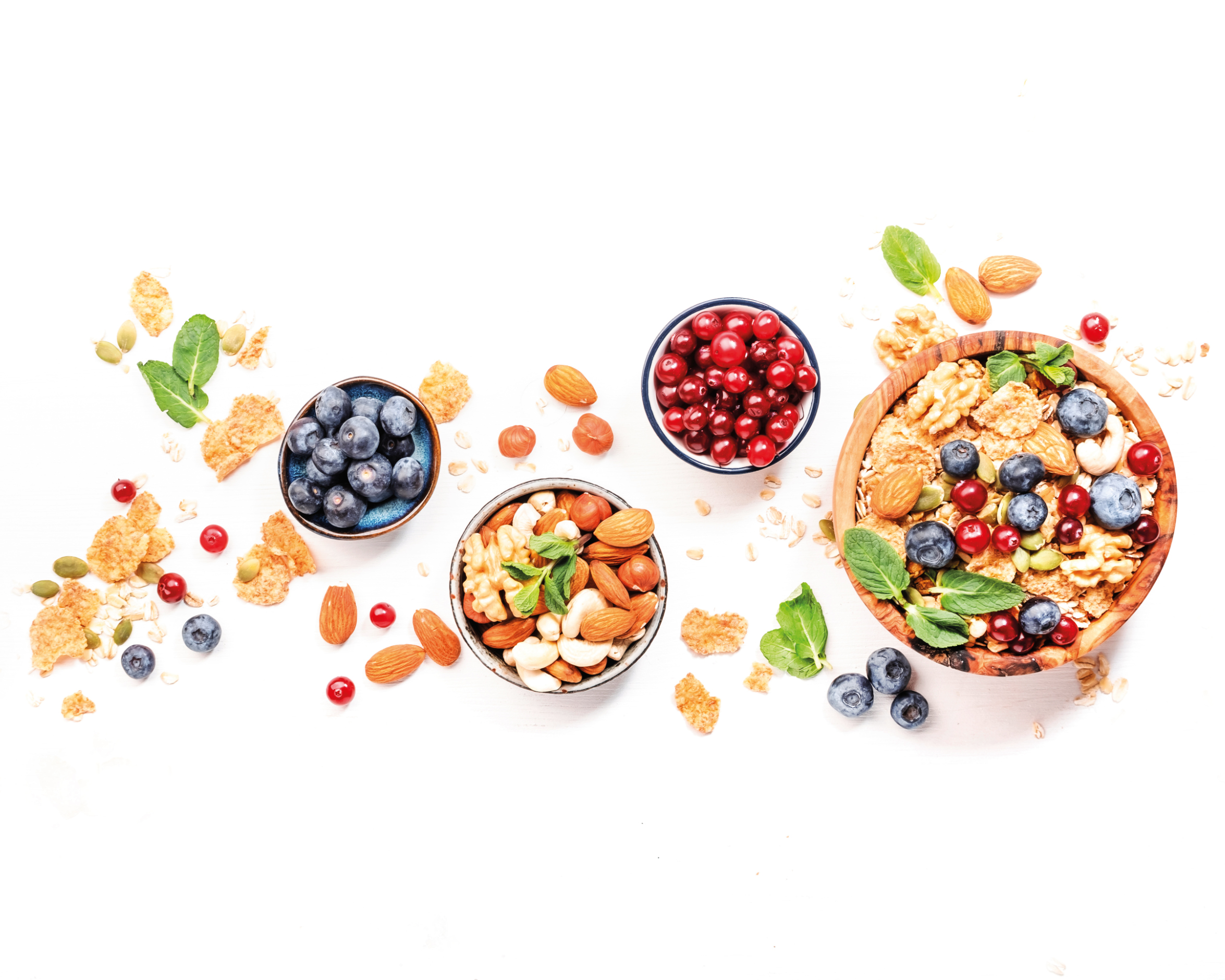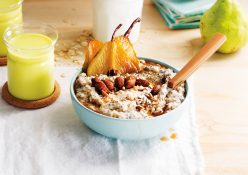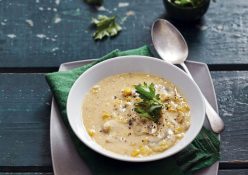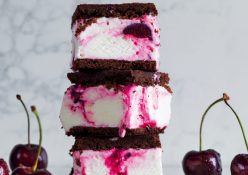Contrary to popular belief, snacking in-between main meals can actually give you a much-needed boost. Here’s how to be smart about it
The big question: Is snacking a good or bad habit to develop? Well, the answer is that it could go either way, depending on the snack choices you make. The majority of people tend to find themselves feeling peckish, and end up nibbling on anything they can get their hands on at least once during the course of their day. While there are many reasons for this, the usual scenario involves a growling and grumbling stomach mere hours after taking in your last meal, or a noticeable drop in sugar and energy levels that need quick remedying.
The Power Of Habits
Snacks are often associated with bad eating habits and unhealthy weight gain. This is because we often get shown the image of the ‘couch potato’ sitting in front of the TV with a bag of chips, in television commercials and popular culture. The reality is that what you choose to eat in-between meals, how frequently you do this, how active you are throughout the day, and your overall eating plan will all be determining factors in whether your eating habits are healthy or not. For instance, if you’re constantly downing fizzy drinks in-between main meals, while you’re at your desk for most of the day –and not drinking enough water – then you are forming an unhealthy habit that could potentially lead to major weight gain, diabetes, and cardiovascular conditions.
Interestingly, in the latest Ipsos (Institute of Public Opinion Survey Sector) Consumption and Shopper tracking study, it was revealed that the value of snack sales in South Africa increased by 43% in 2021. The increase was attributed to lifestyle changes that emerged as a result of the pandemic, as well as the new work-from-home culture. Some of the reasons for the new trend in snacking behaviour included:
• Getting a sense of comfort from indulging
• To relieve boredom
• Snacking as a reward
Mind Over Matter?
So, with this in mind, one could argue that when it comes to snacking smartly, it’s all about one’s mindset and making healthy, informed decisions, rather than letting thoughts and emotions control one’s eating habits. When a craving sets in, instead of running to the nearest vending machine, try taking a walk and some fresh air before putting anything in your mouth. Sometimes the ‘hunger’ urge we feel is just our bodies indicating that we need to move and stretch. A calming walk will relieve stress and may even decrease your cravings. This short walk will also give you time to get into a better frame of mind to make much better, smarter snack choices. Then, by reinforcing a healthier mindset when it comes to hunger, you will be building a solid foundation for better eating habits overall.
Treat Yourself
Snacking is not a sin; let’s just be clear on that. And you’re allowed to give yourself a boost when needed. In fact, studies show that snacking halfway in-between main meals can lift energy levels, improve focus, and contribute to better performance at work and school. That is, if you’re eating the right snacks, of course. Fruit salad, yoghurt, nuts and seeds, raw veggies and hummus, peanut butter and dark chocolate chips are great healthy options. However, you may also allow yourself something a little bit more indulgent every now and then. Just make sure you’re not overeating or overindulging.
Smart Snacking
On the topic of snacking like a pro, Tanya Huber, Registered Dietitian (SA), advises that one should be pairing wholegrain carbohydrates with protein and/or fat when choosing a well-rounded snack. ‘This helps to stabilise your blood sugar and also keeps you fuller for longer,’ she says. ‘Don’t snack straight from the fridge, or your cupboard, as this can result in eating mindlessly. Instead, plan your snack, have it on a plate and be mindful of what you are eating,’ she continues. Furthermore, to maintain smart and mindful snacking, she suggests trying to stick to healthier snack options 80% of the time. ‘The other 20% of the time, incorporate more fun foods that you consider to be a treat. The 80/20 rule works wonders in that it ensures you are not being completely restrictive of certain foods, but you are still having them in moderation,’ she explains. ‘This prevents bingeing on those foods, which usually occurs when one is completely restrictive of them. We call it the binge-restrict cycle.’
Words by Charndré Emma Kippie
Photography: gettyimages







